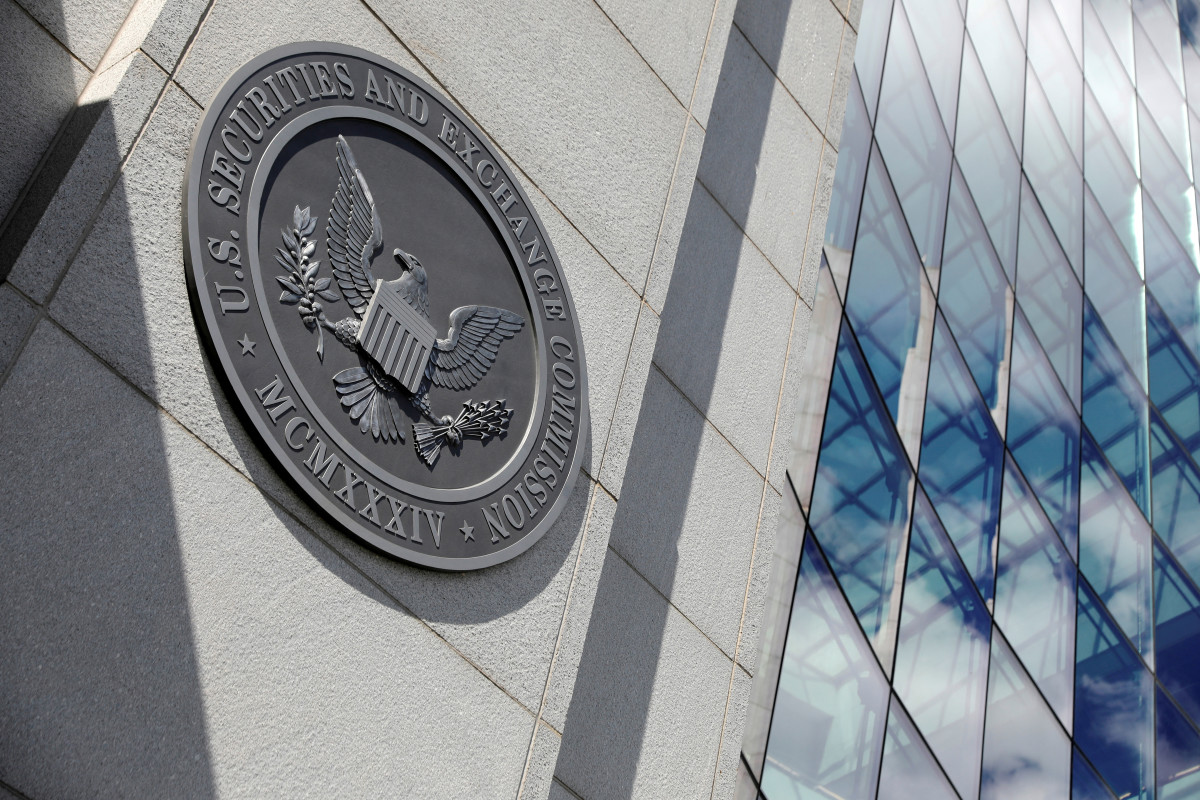Advisor Guides
Navigating the SEC's Proposed Crypto Custody Rule: A Guide for Financial Advisors
![]() Published: 12/29/2023
Published: 12/29/2023
In February 2023, the Securities and Exchange Commission (SEC) unveiled a proposal poised to transform the regulatory landscape for financial advisors dealing with digital assets. This new proposal, known as the Safeguarding Rule, is an amendment to the existing custody rule under the Investment Advisers Act of 1940. It reflects the SEC's response to the evolving financial products and services, especially the burgeoning role of cryptocurrencies.

The Expanded Scope of Custody
Central to the proposed rule is the expansion of the custody rule's coverage. Previously limited to client "funds and securities," the Safeguarding Rule broadens this to encompass all client "assets." This extended definition is critical as it includes all forms of crypto assets, regardless of their classification as securities or funds. This change signals a move towards greater regulatory oversight of digital assets, aligning them more closely with traditional financial assets in terms of regulatory requirements.
The rule stipulates that these assets must be maintained with a "qualified custodian." The definition of what constitutes a qualified custodian under the new rule is stringent and detailed. Custodians are mandated to maintain possession and control of client assets, a requirement that underscores their role in any changes to the beneficial ownership of these assets.
Implications and Strategic Shifts for Advisors
For financial advisors, the implications of the SEC's proposal are profound and multifaceted. Advisors with discretionary control over digital assets are now facing increased responsibilities and complex compliance requirements. Notably, the transfer of digital assets to trading platforms not recognized as qualified custodians could result in non-compliance with the Safeguarding Rule. Additionally, the SEC's inclination to view most crypto assets as securities adds another layer of regulatory complexity.
In light of these challenges, a strategic shift towards a non-custodial, non-discretionary approach to digital asset management becomes a compelling option. This approach significantly reduces the regulatory burden on advisors and aligns with the growing trend of self-custody among clients. Adopting a non-custodial advisory model allows advisors to focus more on guiding and educating clients about the nuances of digital asset management. This includes insights into the security benefits of self-custody, the transparency advantages of decentralized finance, and empowering clients with greater control over their digital assets.
Conclusion
The SEC's proposed Safeguarding Rule marks a significant step towards integrating digital assets into the traditional financial regulatory framework. Financial advisors must adapt to these regulatory changes to continue providing compliant, effective, and client-centric services. By embracing a non-custodial, non-discretionary approach, advisors can navigate the complexities of the new regulatory environment while aligning with the evolving preferences and needs of their clients in the digital asset space.
Get in touch with our solution specialists below if you have questions about crypto self-custody.
